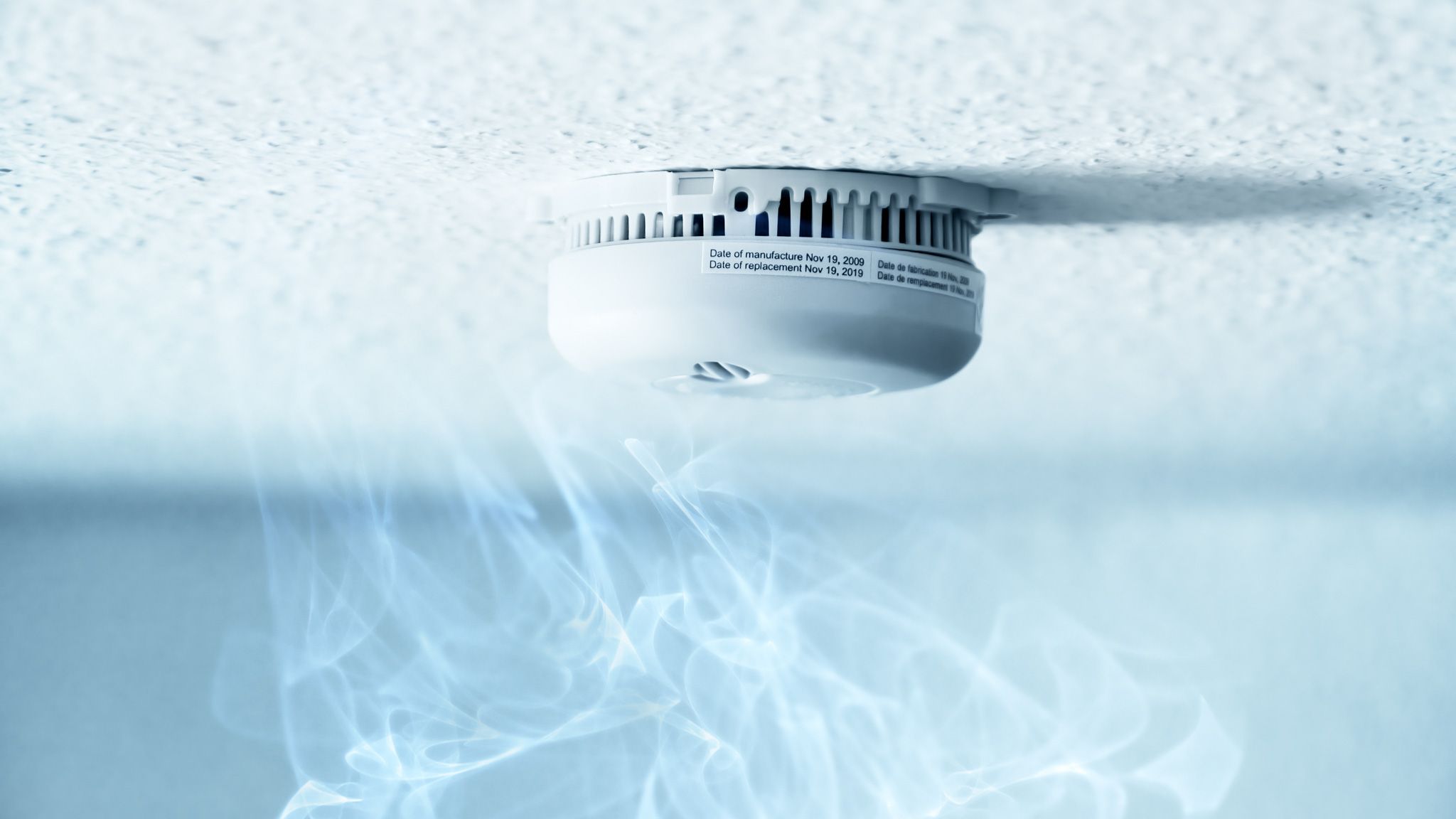Protecting building occupants and first responders is critically important when designing and constructing commercial buildings. The National Fire Protection Association (NFPA), devoted to eliminating death, injury, property and economic loss from fire, electrical and related hazards, was formed in 1896. Shortly afterward, in 1897, the National Electrical Code (NEC) was established to standardize electrical safety for wiring, alarms and related equipment. Since the birth of these two important standardizing organizations, fire codes have been constantly modified to meet the changing safety needs of new infrastructure.
In 1996, the NEC identified key circuits for fire survivability, including emergency systems, fire pumps and fire alarms. Per the 1996 code, these circuits needed to be able to survive for one hour in case of fire. However, in the late 1990s and early 2000s, these requirements began to shift to demand two hours of survivability.
Why the change? Adjustments in code, generally speaking, stem from shifts in the world’s commercial and residential infrastructure or growth in our understanding of fire-safety technology. Buildings have grown taller and occupancy levels have grown denser. This means it takes longer for buildings to be evacuated, and first responders are often required to stay in emergency situations for longer. It is important that critical emergency systems that support fire sprinklers, alarms and pumps continue to remain operational for the entirety of evacuation and firefighting efforts.
For buildings like health-care facilities where not every occupant can be evacuated quickly, fire protection is even more important. These facilities need to ensure that occupants can shelter-in-place in the event of an emergency and that life-safety circuits including life-support systems for patients continue to function. Furthermore, it is vital that cables powering these systems do not create any toxic or flammable smoke in the event of fire.
1,850°F FOR TWO HOURS
There are two main methods recommended for the protection of wiring and cables from fire: using fire-rated wiring and encasing wiring in concrete. For encasing in concrete, the NEC mandates a minimum of two inches of concrete. However, a 2018 study from Caitlyn Peterson at the Fire Protection Research Foundation provides some interesting insights that could inform future NEC codes as well as the choices made by building engineers designing structures where the continued operation of life safety systems is critically important.
In her 2018 study, Peterson acknowledges that, overall, concrete is fairly reliable for a low rate of heat transfer in a fire, but it also has some important flaws and inconsistencies that need to be considered. Different kinds of concrete behave differently and have different levels of fire resistance and thermal protection.
The standard test for fire resistance is exposure to 1,850°F temperatures for two hours. Peterson found through an in-depth literature review that two inches of concrete (of all types) is likely not sufficient for protecting life-safety systems. The study suggests that, because types of concrete behave differently in severe fire conditions and different fire ratings can be achieved at different thicknesses, the true thickness required for reliable fire protection is probably closer to five inches of concrete.
Encasing wiring in five inches of concrete may be more protective, but it introduces engineering challenges because of the space these installations would take up in buildings. Using more concrete would also be more expensive and less environmentally friendly. Additionally, encasing wiring in concrete as a means of fire protection can create vulnerabilities at access points like splice points or pull boxes. If the wiring itself is not rated for fire conditions, any point where it is not encased in concrete is at risk.
FIRE-RATED WIRING
Fortunately, there is another method of fire protection that addresses many of the concerns of encasing in concrete: fire-rated wiring. Mineral-insulated (MI) fire-rated wiring is Underwriters Laboratory (UL) 2196–approved to power life-safety systems for two hours in case of fire. Its inorganic construction that prevents the release of smoke and combustible gasses, as well as its space-saving capabilities when compared to five inches of concrete, make this kind of wiring a great choice for engineers concerned about critical system protection.
The superior performance of fire-rated wiring is already acknowledged by the NEC, and there are already situations where the NEC requires fire-rated wiring. For the mechanical protection of emergency feeders in health-care facilities, MI cable is the only acceptable solution for the mechanical protection of emergency feeders in health care. Metal-clad (MC) fire-rated cable is not allowed as acceptable, according to the NEC, though some engineers have opted to use this type of cable in building design, not being aware of the NEC’s mechanical protection requirement. Concrete encasing is also not acceptable in these situations.
For prioritizing the safety of building occupants and first responders, the choice is clear. MI’s superior mechanical properties and inorganic composition, which do not contribute any potentially toxic or flammable smoke under fire conditions, has earned NEC approval for the most intense and important systems. MI keeps the electricity flowing to emergency equipment when it matters most.






